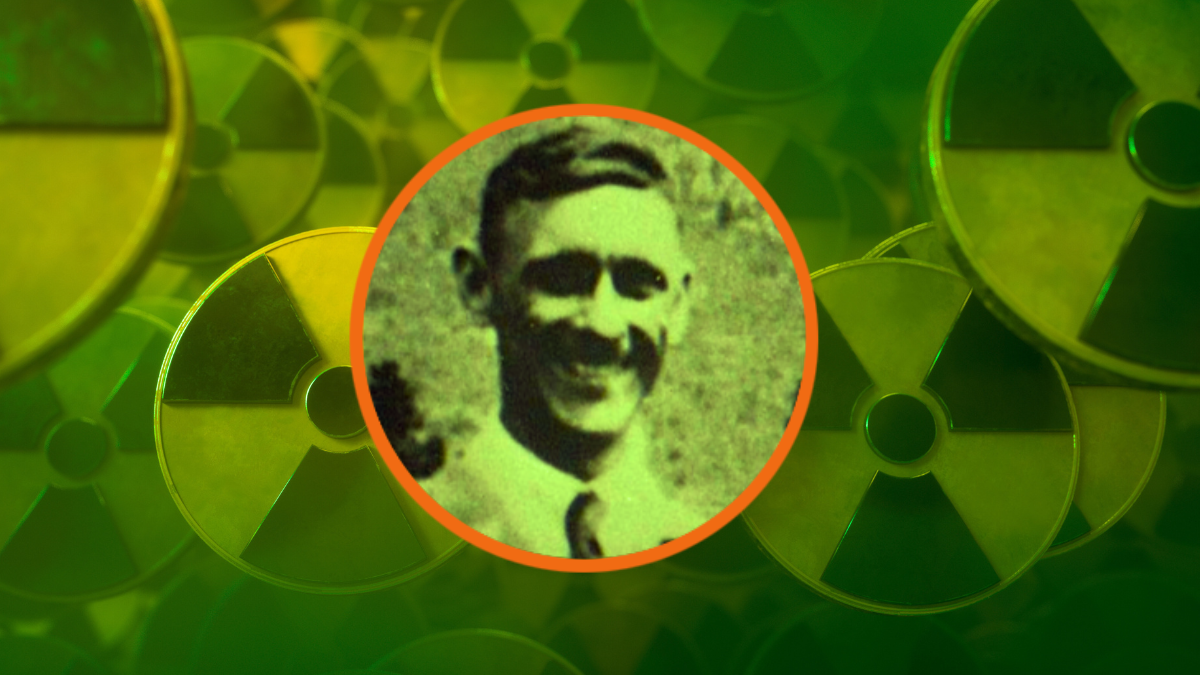
Plutonium is high on the list of substances you absolutely do not want to be injected with under any circumstances. It’s one of the most radiologically and chemically toxic substances known to mankind, and scientific consensus is that being injected with it will lead to instant heavy metal poisoning, massive internal radiation damage, and an excruciating death within days or weeks.
But I guess Ohio house painter Albert Stevens was just built different. It was May 1945 and the Manhattan Project was in full swing. Team member Dr Joseph Gilbert Hamilton was studying plutonium and wanted to perform toxicity studies on human subjects.
He decided to approach potential “volunteers” with terminal illnesses, figuring they’d be dead soon enough, so putting a little plutonium into them was really no big deal. Enter the 58-year-old Stevens, who had just been “diagnosed” with terminal cancer and was chosen because “he was doomed”.
The only thing is, Stevens didn’t have terminal cancer. He was, in fact, suffering from an ulcer and had been misdiagnosed. But, without being told what he was being injected with, Stevens was administered a shot of 0.2 micrograms of 238Pu and 0.75 micrograms of 239Pu.
As per Kenneth Scott, a scientist at the UC Berkeley radiation lab (and who delivered the plutonium to the hospital for Steven’s injection) confirmed: “Albert Stevens got many times the so-called lethal textbook dose of plutonium.”
They wheeled Stevens off for testing, doubtless wondering exactly what kind of excruciating death he was in store for. Then they realized, huh, he only had a “benign gastric ulcer with chronic inflammation.” It was around this point that the scientists realized they may have made something of a medical boo-boo.
Whoops!
Stevens underwent surgery for his ulcer and, quietly, the scientists monitored his urine and stool samples for radioactivity. But they were baffled when he not only didn’t die, but instead recovered from his operation.
Stevens was then sent home, though the government realized they couldn’t just let this now highly radioactive man just wander off. So they told him they would pay him handsomely for his urine and stool samples, though to get that money, he had to stay close to San Francisco.
Stevens’ son Thomas reports that he then settled back into his regular domestic life, dutifully being paid for his samples with a nurse collecting them once a week. Stevens went on to live an unremarkable life and died in Jan. 1966 of a heart attack at age 79. He was cremated and his highly radioactive ashes were eventually stored in lead in the National Human Radiobiology Tissue Repository at Washington State University.
Incredibly, nobody ever told Stevens he’d never had cancer or that he’d been injected with plutonium. He died believing he’d been subjected to a mysterious “medical experiment” in the 1940s that had cured his cancer.
This insane story only became public knowledge in Nov. 1993 due to the efforts of journalist Eileen Welsome, who received a Pulitzer Prize for her investigative work. And if you’re wondering why Stevens didn’t die horribly, then join the queue, scientists are still baffled.







